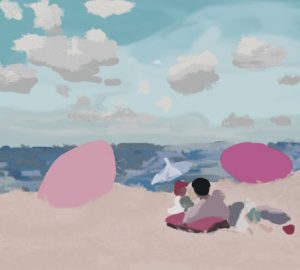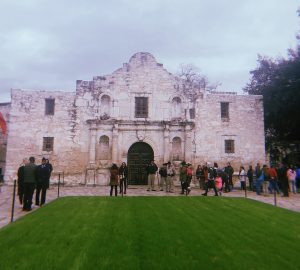Stranded in Texas part three: A glass-bottom boat tour at the Texas State University Meadows Center
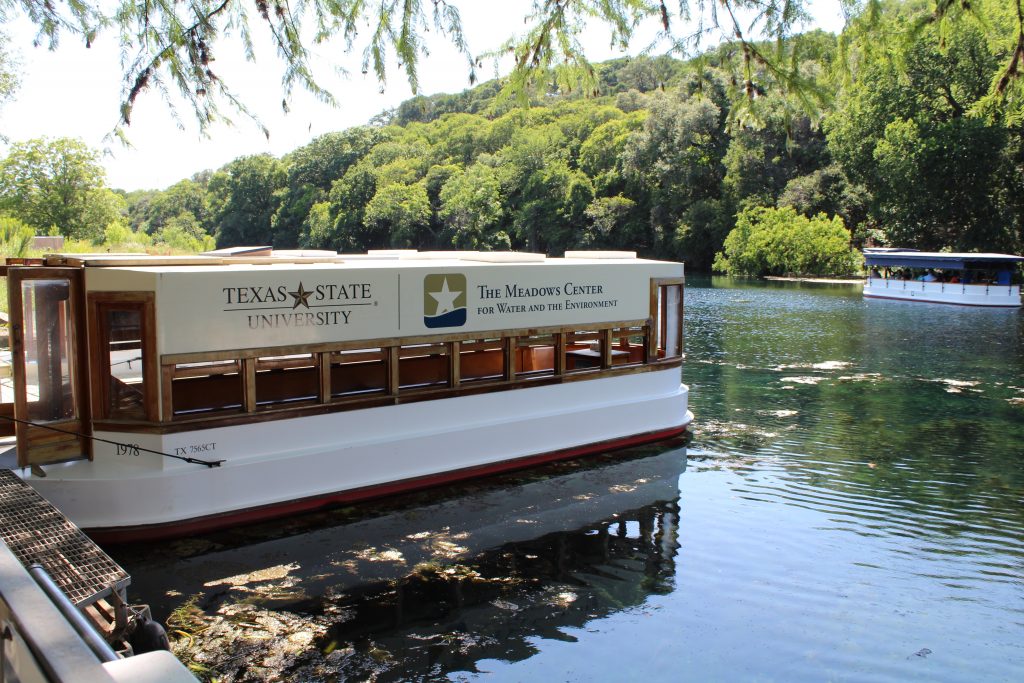
The next couple outdoor excursions were particularly special. Ty Stonecipher, the resource and environmental science graduate student at Texas State University, and environmental interpreter at the Texas State Meadows Center that Fernando introduced me to, planned out a few sightseeing trips so I could take photos for my articles and get a better sense of San Marcos and Texas as a whole.
Stonecipher brought us to the Meadows Center first for a glass-bottom boat tour. Then we ran over to Wonder World Cave Park before they closed for the day.
I was looking forward to learning more about the area after having gotten drunk in the sun for two days prior. It was a wholesome change of pace and I am thankful to Stonecipher for facilitating it. He took things that I am not typically interested in, like science and geography, and made them entertaining and engaging.
The springs rest on top of the Edwards Aquifer, which according to Stonecipher is a “large underground lake and cave system that is slightly bigger than the state of Rhode Island.” The pressurized water coming from the springs comes from the aquifer below. “The aquifer fills with water from rain draining through caves and sinkholes like Wonder World and then gets trapped underground,” he said.
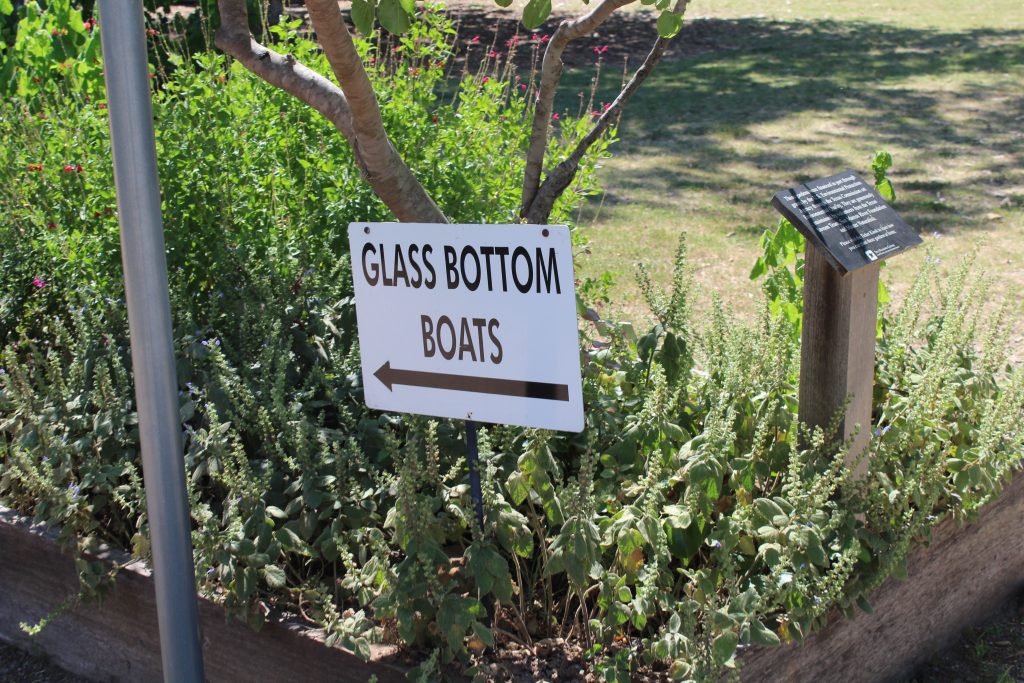
Fernando, Stonecipher and I boarded a glass-bottom boat at the dock of the Meadows Center in the mouth of the San Marcos Springs and drifted out into the water. Stonecipher captained the ship and provided commentary as we drifted over a dense assortment of sea life. He positioned the boat so we could see the water bubbling up from the springs below us. “The springs are the headwaters for the San Marcos River,” Stonecipher said. “The water here is always 72 degrees year-round no matter what.”
We floated further over the springs and stared at the turtles and fish leisurely passing beneath us. Bubbles consistently kept brushing against the viewing port in the floor and Stonecipher told us it was because the fish and other things that die down there become swallowed up by the surrounding foliage. When the dead things begin to decompose in these pockets, underwater air escapes and sends bubbles up to the surface.
It was a sweet little morbid detail that added to the circle-of-life vibe I was already getting from this place.
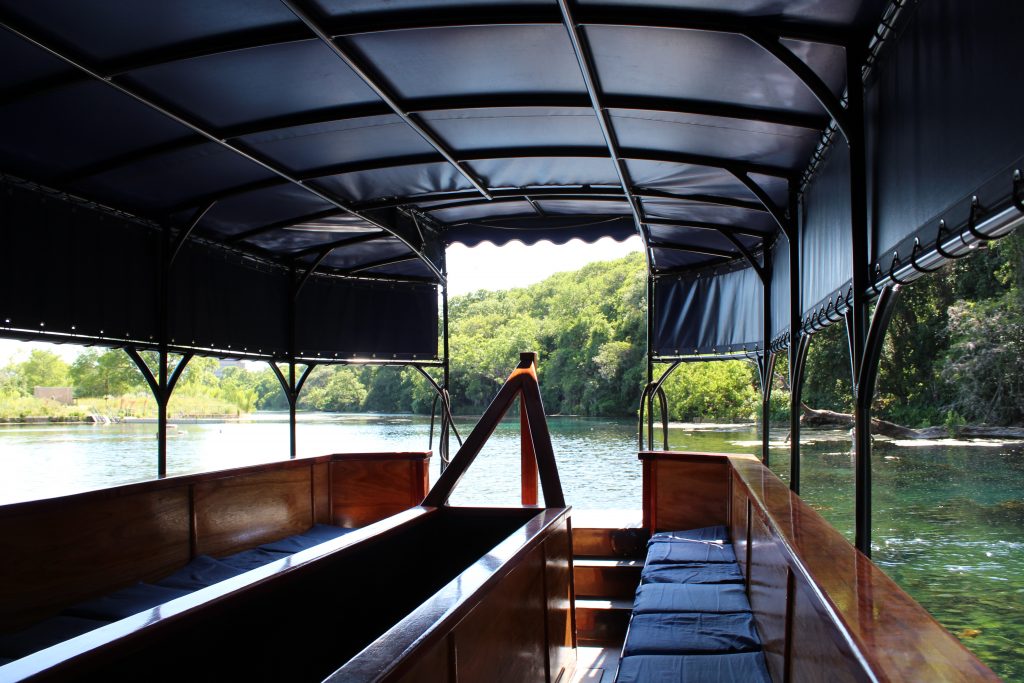
“The springs are home to seven endangered, and one threatened, species that do not live anywhere else in the world,” Stonecipher said, readjusting our position in the water. “Fourteen thousand years of human history, over 200 individual springs, the highest concentration of freshwater turtles in the United States and the second most powerful spring in the western United States. The San Marcos Springs are the only set of springs in Texas that have never gone dry, but there is always the very real possibility that they could.”
Stonecipher made it clear that the clarity of the water, the constant 72 degree temperature, the amount of wildlife and the serenity of the springs was particular and special to the region. There is a perfect storm of factors that play into the stability of the springs and those factors may not always stay the same.
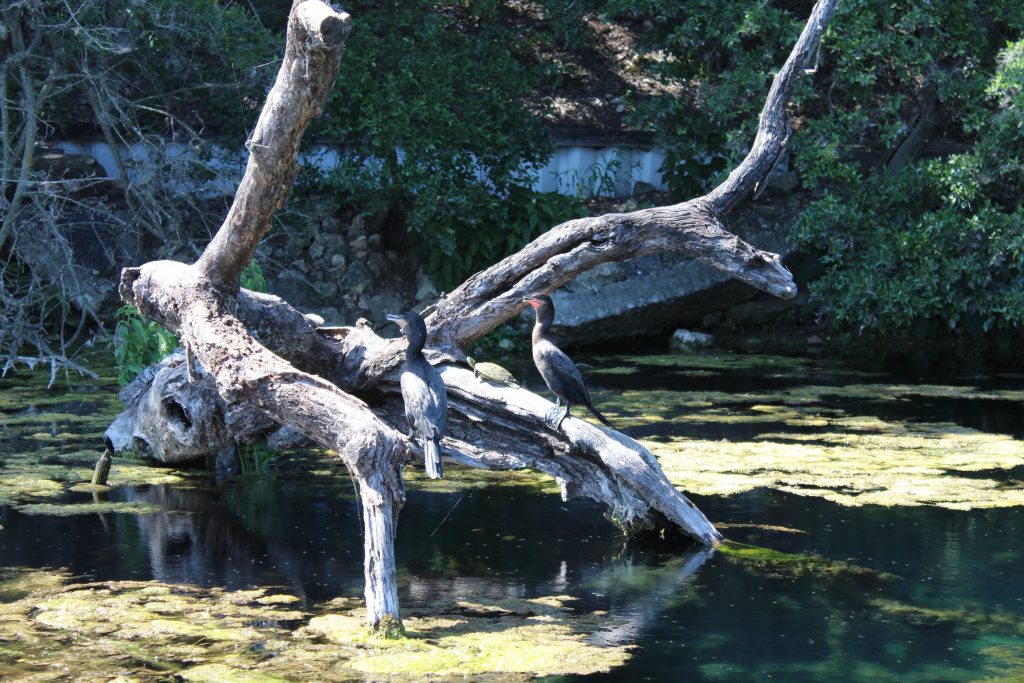
Not only are the San Marcos Springs a beautiful tourist attraction, they are an inextricable part of the local culture and ecosystem. I am forever thankful to Stonecipher for going out of his way to share his love of the area with me. His genuine interest and enthusiasm about it really elevated the historical and environmental significance of everything.
Stonecipher is a wonderful example of why it is a pleasure to travel. If you can find even just one person who makes you feel welcome and can share their enthusiasm for something like this, then it is time well spent.
If you ever have the opportunity to visit the Meadows Center I highly recommend it. The area was beautiful and I feel like I learned more about geography in an hour or two than I retained in all four years of high school combined.


























